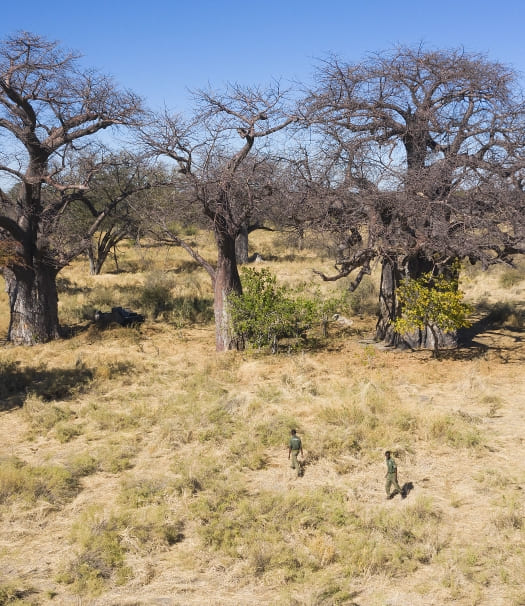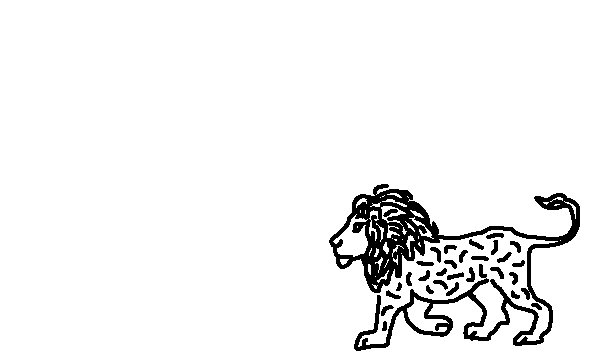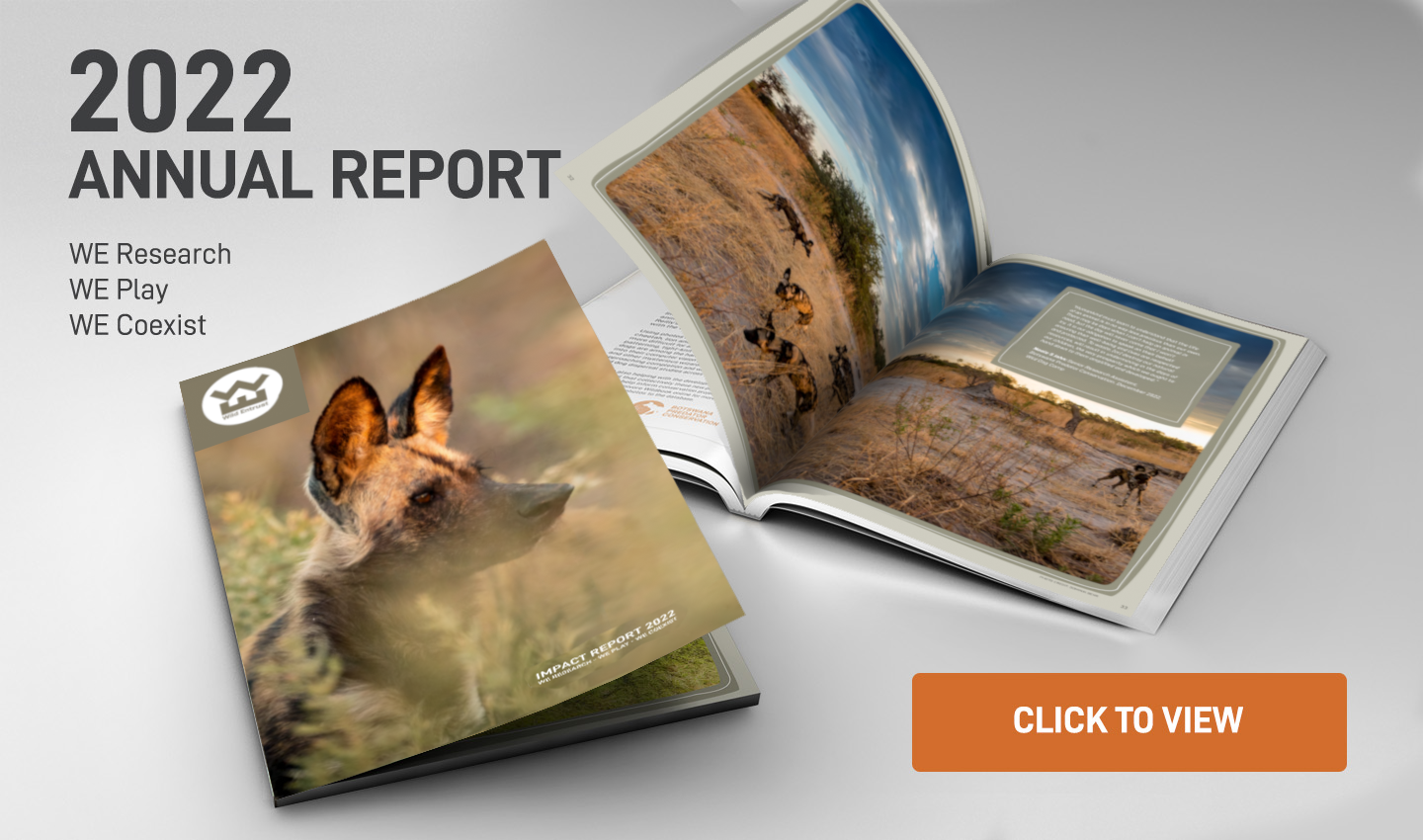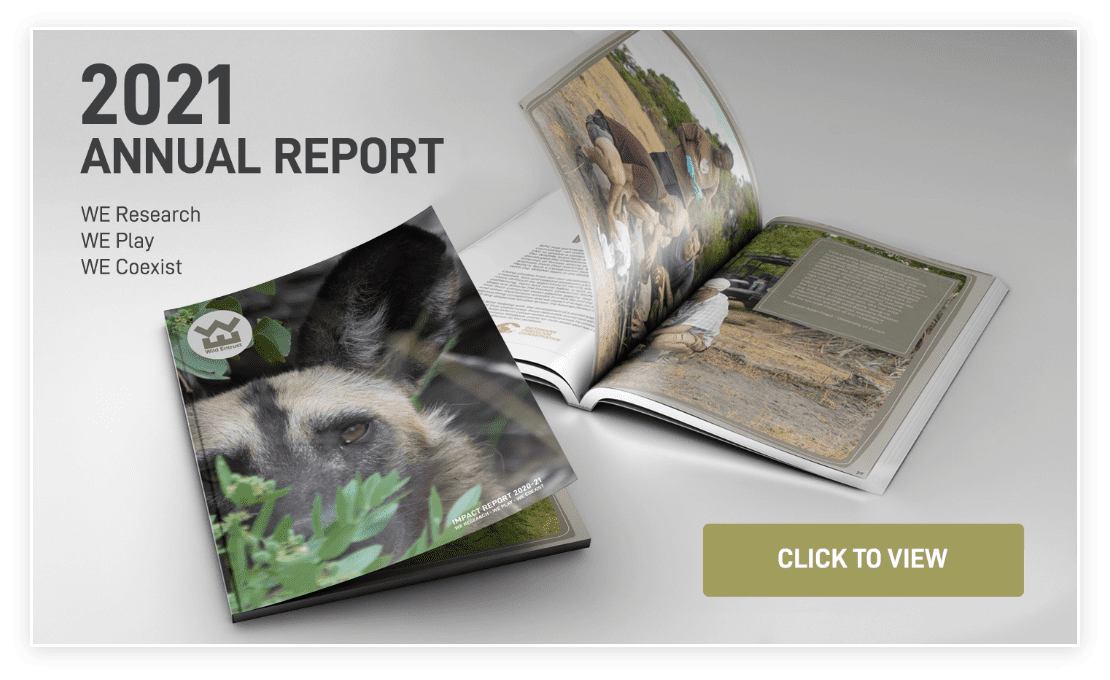COEX PROMISE
To promote landscape connectivity, ecosystem health, and economic development by empowering communities to manage and benefit sustainably from their natural resources.
“Our COEX program approaches conservation through a community lens, with the philosophy that stewardship over nature is ultimately dependent on the people whose lives are most affected by it.”
Ben Heermans, Program Coordinator.

COEX AIMS
Our COEX program aims to demonstrate the potential for integrating rural community development with biodiversity conservation. The program supports conservation initiatives and development initiatives consistent with biodiversity conservation undertaken by communities in Western Ngamiland. We are especially engaged in such integrated projects in the subsistence farming community based around the village of Habu, an ethno-linguistically diverse community located in a remote part of the western Okavango Delta. This region is known for high rates of human – wildlife conflict, typically in the form of livestock predation by large carnivores or crop damage from elephants, leading to frequent retaliatory killings of wildlife. Habu was also identified as an illegal hunting ‘hotspot’ in a study by BPC aimed at understanding the drivers and impacts of the bushmeat trade.
Despite this conflict, and to their enduring credit, the Habu community recently elected to allocate a portion of their communal grazing land for wildlife and photographic tourism – in effect paving the way for establishment of Botswana’s first Community Conservancy in otherwise tribal grazing lands. In the proverbial case of making lemonade out of lemons, the community began moving its livestock out of the Habu Community Conservancy, an area of approximately 30,000 hectares, in 2017, to diversify their livelihood options by including opportunities that can be afforded in tourism by living in close proximity to the Okavango Delta’s rich and iconic wildlife.
In 2018, the Habu community CBO, the Habu Elephant Development Trust (HEDT), formed a partnership with WEA to help facilitate access to and administration of grant funding for Habu development. WEA now serves as the technical and implementation partner of HEDT in multiple integrated grant-funded conservation and development projects that began in 2021. These projects, collectively as a whole, aim to demonstrate that the health of people, livestock and nature (environment and wildlife) can be significantly improved and sustained within the framework of the United Nations’ Sustainable Development Goals (SDGs).
COMMUNITIES LIVING AMONG WILDLIFE SUSTAINABLY
A sister non-profit organization, Communities Living Among Wildlife Sustainably (CLAWS) oversees implementation of an identical initiative in Eretsha (NG11) or upper Okavango pan handle. Lessons learnt and best practice from demonstration projects of the two organizations shall be upscaled nationally via funding availed by the Green Climate Fund through Conservation International.
FOLLOW US ON INSTAGRAM
WHAT CAN YOU DO TO HELP?
There’s a lot of things we need you for
DONATE NOW
We need continuing and additional funding to grow and keep up with increasing conservation challenges.
FUNDRAISE
Reach out to your network and support our causes and projects and help us create build a better future.
VOLUNTEER
Get involved, sign up for news, follow us, fundraise for us and send us your wildlife photos and stories.


